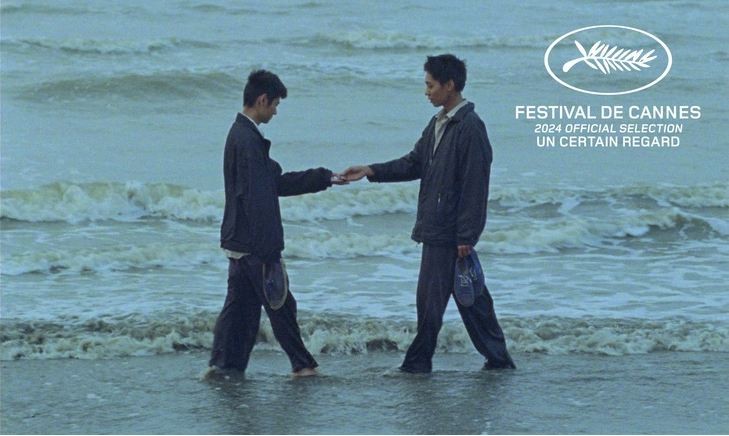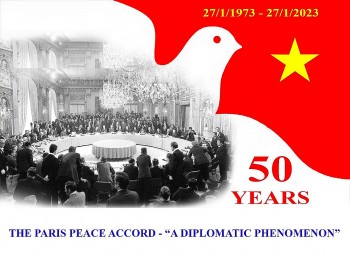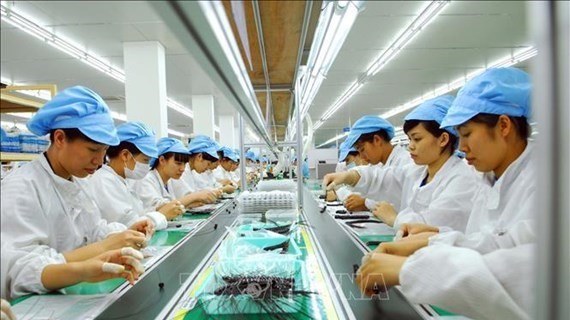The sound of time
Odo is a famous clock brand in the West. When the French first brought Odo to Vietnam in the 1930s, high-level officials could afford to own it. Money, time and passion are needed to own an Odo clock since it costs dozens or hundreds of millions of dong. It needs to be wound up every one or two weeks.
Huynh Thanh Tung, who owns an antique clock shop at 135 Chu Van An Street in HCMC’s Binh Thanh District, says he used to work as an apprentice to polish clocks at a shop near the Ba Chieu area of the district when he was 13. His love for clocks and the beauty of cogwheels led him to take this job.
There are many generations of Odo clocks. Most popular in Vietnam are generations 54, 57, 62 and 36 because their sound is like no other. Odo clocks ring every 15 minutes with different sounds which can hardly be heard from other clocks.
The beautiful sounds are produced by coil gongs. Different clocks have different coil gongs but those clocks equipped with bronze gongs are most favored by collectors as their sound is beautiful.
“All parts of a clock but the gong may be counterfeited,” says Tung.
Apart from the outside appearance, clock collectors inspect the internal mechanism of the clock to see if its parts are genuine, says another clock shop owner, Dao Duy Tam, on Nguyen Huy Tu Street in District 1.
Vo Van Phuc, a clock collector in District 1, says, “To determine whether the gong is original, the buyer should listen to its sound./.”
(Source: the Saigontimes) ( By VNF )
Most read
Recommended
 Handbook
Handbook
“Peach Blossom, Pho And Piano” To Be Shown During Vietnamese Film Week In Poland
 Handbook
Handbook
Film of Young Director Heads to 2024 Cannes Film Festival
 Handbook
Handbook
Vietnamese Dishes Honored Around The World
 Handbook
Handbook
Conductor Tran Nhat Minh Brings Vietnamese Folk Songs To The World
Popular article
 Handbook
Handbook
Vietnamese Student Wins Prizes At The Kyushu Music Concour International Music Competition
 Handbook
Handbook
Amanda Nguyen: The First Vietnamese Woman To Fly Into Space
 Handbook
Handbook
Three Vietnamese Ports Among Top 50 Largest Container Seaports Worldwide
 Handbook
Handbook








